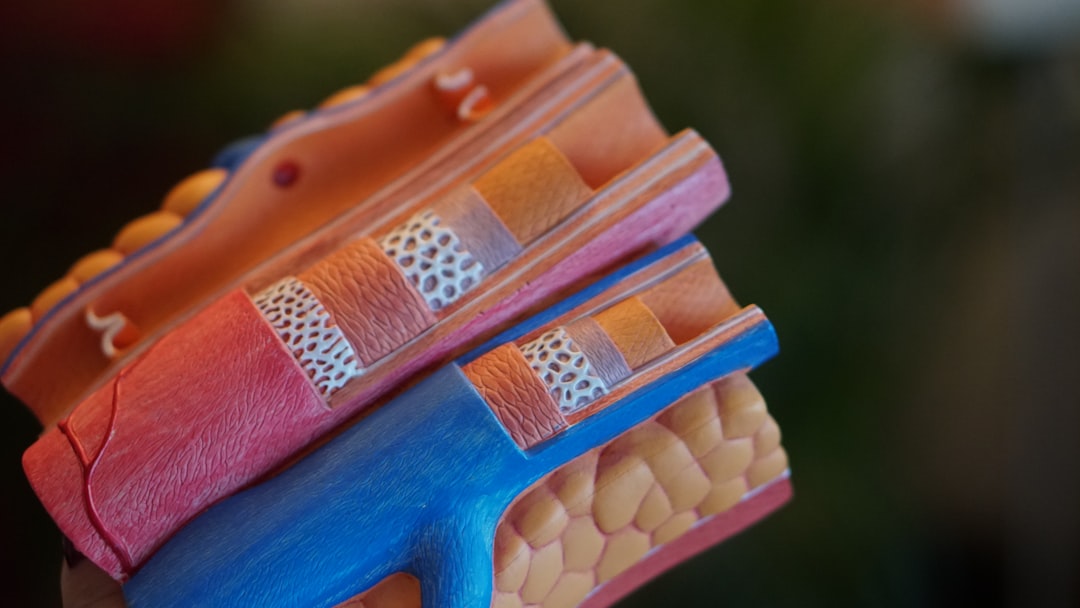What is it about?
African trypanosomes cause human ‘African sleeping sickness’ and the livestock disease ‘nagana’ (the Zulu word for ‘useless’), a major contributor to poverty in sub Saharan Africa. In text book descriptions, these single celled parasites swim and replicate in the bloodstream as ‘slender’ forms until they reach a certain number at which point they develop to an arrested life-cycle stage, ‘stumpy’ forms, that no longer replicate. Stumpy forms are also adapted for transfer to the tsetse fly vector, so these spread the disease when the tsetse feeds on infected blood. The parasites can avoid antibodies raised against them by very frequently changing the proteins they express on their surface, a process called antigenic variation. Until now, it was thought the replication of slender forms and their antigenic variation in the blood ensured the infection was maintained. In this paper, Larcombe and colleagues discovered that replicating parasites were scarce in the blood with, instead, most being already arrested and ready for transmission by tsetse flies, including most of the parasites that still looked slender. They propose that trypanosomes divide and change antigens in tissues, and then invade the blood ready to be taken up by feeding tsetse. By looking at molecules expressed in individual cells, the work also provided a route map for the transition from replicating forms to those ready for tsetse uptake, identifying that slender parasites arrest first and then change shape to their stumpy form.
Featured Image

Photo by Abubakar Balogun on Unsplash
Why is it important?
The work challenges the textbook view that trypanosomes in the blood sustain the infection through replication and antigenic variation, and implicate parasites resident in the tissues as an important reservoir of infection. It also highlights that the traditional morphological description of the parasites as slender forms is less useful when assessing their capacity for life cycle progression: many morphologically slender parasites have already committed to onward development and express molecules to enable them to do this.
Perspectives
Professor Keith Matthews said ‘For years, trypanosome infections were believed to be sustained by parasites circulating in the blood. Our work suggests that in established infections tissues are more important, with the blood parasites mainly being focused on their spread to tsetse flies – a transition for which they prepare much earlier than we previously realised’ The work was funded by the Wellcome Trust and co-led by Professor Keith Matthews, Dr Stephen Larcombe and Dr Emma Briggs.
Keith Matthews
University of Edinburgh
Read the Original
This page is a summary of: The developmental hierarchy and scarcity of replicative slender trypanosomes in blood challenges their role in infection maintenance, Proceedings of the National Academy of Sciences, October 2023, Proceedings of the National Academy of Sciences,
DOI: 10.1073/pnas.2306848120.
You can read the full text:
Contributors
The following have contributed to this page










